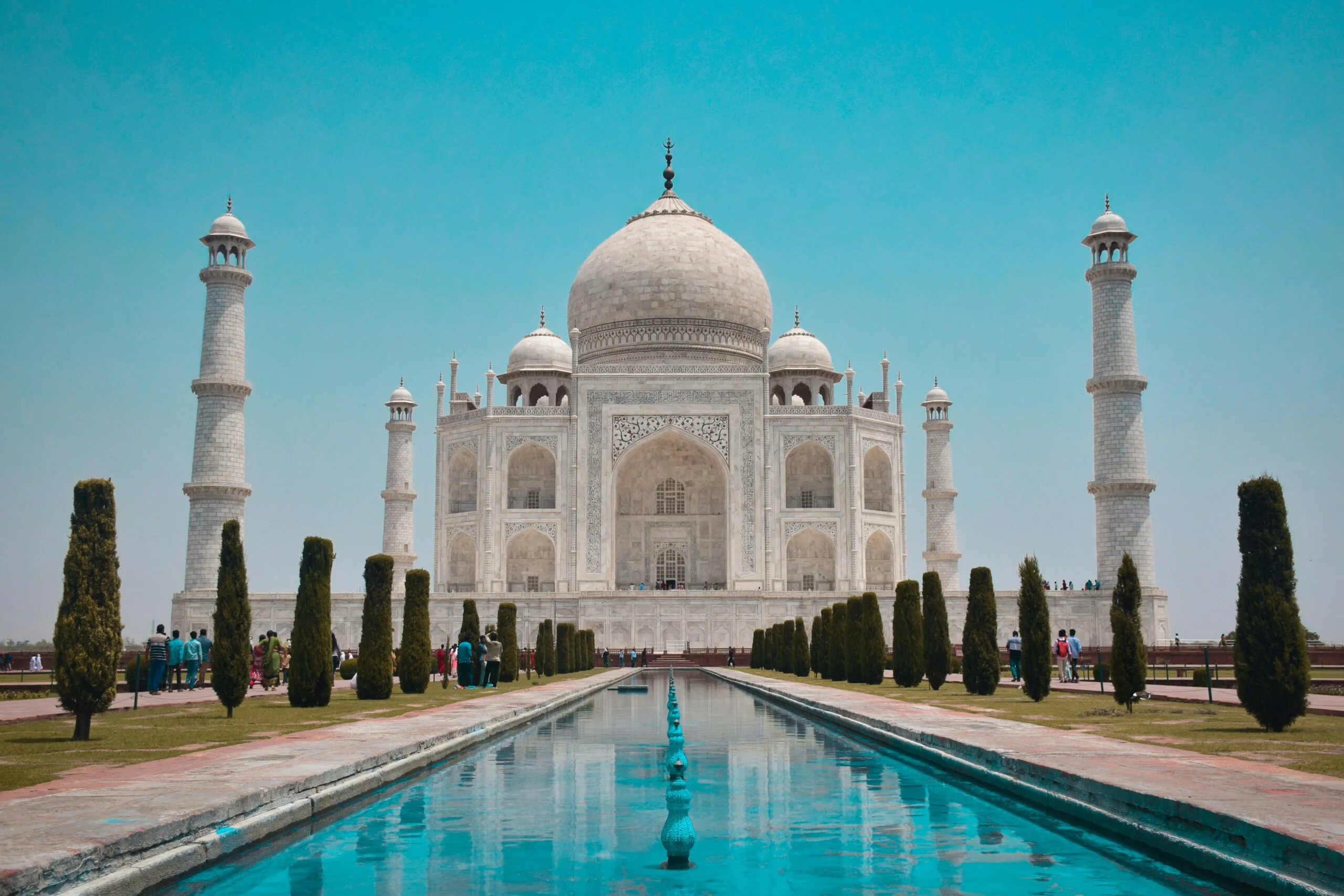

Introduction to the Taj Mahal
Nestled on the southern bank of the Yamuna River in Agra, India, the Taj Mahal stands as a timeless monument of love and architectural grandeur. Commissioned in 1632 by Emperor Shah Jahan, this iconic mausoleum was constructed in memory of his beloved wife, Mumtaz Mahal. The Taj Mahal’s intricate beauty and historical significance have earned it a place among the Seven Wonders of the World, drawing millions of visitors annually from across the globe.
The construction of the Taj Mahal is a tale of both devotion and artistry. Shah Jahan’s immense grief over the death of Mumtaz Mahal during childbirth inspired him to build this magnificent structure as an everlasting tribute to her. The mausoleum, completed in 1648, is an exquisite blend of Persian, Islamic, and Indian architectural styles, symbolizing the emperor’s deep affection and the era’s architectural prowess. The central dome, flanked by four minarets, is adorned with intricate inlay work and calligraphy, showcasing the craftsmanship of the artisans and laborers who toiled for years to bring the emperor’s vision to life.
Designated as a UNESCO World Heritage Site in 1983, the Taj Mahal is revered not only for its stunning aesthetics but also for its cultural and historical significance. The site spans approximately 42 acres and includes lush gardens, reflecting pools, and ancillary buildings that enhance the overall splendor of the main mausoleum. The Taj Mahal’s status as a heritage site underscores its importance as a symbol of India’s rich history and enduring legacy.
Visiting the Taj Mahal offers a profound glimpse into the past, where art and emotion converge to create one of the world’s most celebrated landmarks. Whether you are drawn by its historical narrative or its architectural brilliance, the Taj Mahal promises an experience that resonates with the timeless essence of love and beauty.
Best Time to Visit
When planning a visit to the Taj Mahal, timing is crucial to ensure a pleasant experience. The best time to visit the Taj Mahal is during the cooler months from October to March. During this period, the weather is more comfortable, with daytime temperatures ranging from 15°C to 25°C (59°F to 77°F), making it ideal for exploring the monument and its surrounding gardens without the discomfort of extreme heat.
Visiting during these months also allows you to avoid the monsoon season, which spans from June to September. The monsoon can bring heavy rainfall, leading to muddy pathways and reduced visibility, which can detract from the overall experience. Additionally, the crowds tend to be smaller outside of peak tourist season, which generally falls between December and January, allowing for a more intimate experience with fewer distractions.
For those looking to capture the best photographs of the Taj Mahal, consider visiting during the early morning hours, just after sunrise. The soft, golden light at dawn bathes the marble structure in a warm glow, creating stunning photographic opportunities. Moreover, the early morning hours are less crowded, providing a serene atmosphere that allows for unobstructed views and leisurely exploration.
Another favorable time for photography is during the late afternoon, just before sunset. The changing light conditions during this time can cast beautiful shadows and reflections, enhancing the monument’s visual appeal. However, it’s worth noting that the Taj Mahal can become quite crowded closer to sunset, so arriving a bit earlier can help you secure a good vantage point.
Special events such as the annual Urs festival, which commemorates the death anniversary of Emperor Shah Jahan, can also offer unique experiences. Held according to the Islamic lunar calendar, this event includes special prayers and ceremonies, adding a cultural richness to your visit.
In summary, choosing the right time to visit the Taj Mahal can greatly enhance your experience, providing comfortable weather, fewer crowds, and optimal lighting for photography. October to March remains the most favorable period, with early mornings and late afternoons being the best times of the day for a visit.
How to Get There
When planning a visit to the Taj Mahal, understanding your transportation options is essential for a smooth journey. The Taj Mahal is situated in Agra, a city well-connected by various modes of transport. For international travelers, the nearest major airport is Indira Gandhi International Airport in New Delhi, approximately 233 kilometers from Agra. From Delhi, visitors can either take a domestic flight to Agra’s Kheria Airport or opt for other means of travel.
For those preferring rail travel, Agra is accessible via several major train stations, including Agra Cantt (AGC), Agra Fort (AF), and Raja Ki Mandi (RKM). The Gatimaan Express and Shatabdi Express are two of the fastest trains connecting Delhi to Agra, taking roughly 2-3 hours. Train travel offers a comfortable and scenic route while avoiding road traffic.
Traveling by road is another viable option. Agra is linked to Delhi via the Yamuna Expressway, a modern and efficient highway that reduces travel time to around 3-4 hours by car or bus. Several private and state-operated bus services run frequently between Delhi, Jaipur, and Agra, offering a budget-friendly and reliable mode of transport.
Once in Agra, local transportation options are plentiful. Taxis and app-based ride services like Uber and Ola are readily available for convenient and comfortable travel. Auto-rickshaws and cycle-rickshaws provide a more traditional and economical way to navigate the city, especially for short distances. Additionally, local buses run by the Uttar Pradesh State Road Transport Corporation (UPSRTC) offer a cost-effective method to reach the Taj Mahal from various parts of Agra.
Understanding these transportation options ensures that visitors can plan their journey effectively, making the trip to the Taj Mahal as hassle-free as possible. By choosing the best route and mode of travel, one can focus on experiencing the historical grandeur of this iconic monument.
Entry Fees and Ticketing Information
The Taj Mahal, a UNESCO World Heritage site, attracts millions of visitors each year, necessitating a structured ticketing system to manage the influx. Entry fees for the Taj Mahal vary depending on the visitor’s nationality. For Indian citizens, the entry fee is significantly lower compared to international tourists. As of the latest update, domestic tourists are charged INR 50, while international visitors are required to pay INR 1100. Children under the age of 15, irrespective of nationality, are granted free entry.
Discounts are available for specific groups. Students with valid identification cards can avail a discounted rate, making it more affordable for educational visits. Senior citizens and differently-abled individuals are also eligible for concessions upon presenting appropriate documentation. These measures ensure that the Taj Mahal remains accessible to a diverse array of visitors.
Tickets can be purchased via multiple channels to facilitate ease of access. The most convenient method is through the official website, which allows visitors to book tickets online. This helps avoid the long queues often seen at the ticketing counters, particularly during peak tourist seasons. Alternatively, tickets can be acquired at the venue. There are designated counters for both domestic and international tourists, ensuring a streamlined process.
In addition to the entry fee, visitors may incur additional costs for certain services. For instance, bringing a professional camera or video equipment requires an extra charge. Special access areas, such as the mausoleum, may also have an additional entry fee. This ensures that the site is maintained and preserved for future generations while offering an enhanced visitor experience.
Understanding the ticketing options and associated costs is essential for planning a seamless visit to the Taj Mahal. Being informed about the entry fees and ticketing procedures can significantly enhance the overall experience, allowing visitors to focus on the beauty and historical significance of this architectural marvel.
Guided Tours vs. Self-Exploration
When planning a visit to the Taj Mahal, one of the key decisions is whether to opt for a guided tour or to explore independently. Both approaches have their unique benefits and cater to different types of travelers. Understanding these can help you make an informed choice that enhances your overall experience at this iconic monument.
Guided tours offer a structured and informative way to experience the Taj Mahal. Official guides, certified by the Archaeological Survey of India, are available on-site and can be hired for a fee. These guides are well-versed in multiple languages, including English, Hindi, Spanish, French, German, and more, making it convenient for international visitors. The insights provided by guided tours encompass the historical, architectural, and cultural significance of the monument, offering a depth of knowledge that self-exploration might lack. Additionally, guides can share lesser-known anecdotes and point out intricate details that might otherwise be overlooked.
On the other hand, self-exploration allows for a more flexible and personalized experience. For those who prefer to wander at their own pace, the Taj Mahal offers an array of must-see spots. Key areas to focus on include the main mausoleum, the mosque, the guest house, the central pool, and the extensive gardens. An early morning visit is recommended to avoid the crowds and witness the ethereal beauty of the monument at sunrise. Self-guided itineraries can be enhanced with the use of audio guides and informative mobile apps that provide context and history without the constraints of a scheduled tour.
Ultimately, the choice between a guided tour and self-exploration depends on individual preferences. A guided tour may be ideal for those who appreciate structured learning and detailed insights, while self-exploration suits those who enjoy the freedom to explore at their own pace. Both options promise a memorable visit to the Taj Mahal, allowing you to appreciate its timeless elegance and historical grandeur.
What to Wear and Bring
When planning your visit to the Taj Mahal, it is essential to consider both cultural norms and the climate of Agra. The region experiences extreme temperatures, with scorching summers and cool winters. Therefore, dressing appropriately will not only ensure your comfort but also show respect for local customs.
For attire, it is advisable to wear light, breathable fabrics during the warmer months, such as cotton or linen. Women should opt for modest clothing that covers the shoulders and knees, like long skirts, dresses, or trousers paired with a lightweight top. Men can wear long pants and a short or long-sleeved shirt. During the winter, layering is key to staying warm, so consider bringing a sweater or jacket.
Comfortable footwear is a must, as you will spend several hours exploring the grounds. Choose shoes that provide good support and are easy to walk in, such as sneakers or sturdy sandals. Keep in mind that you will need to remove your shoes or wear shoe covers when entering the mausoleum itself, so slip-on shoes can be convenient.
In terms of essential items to bring, a water bottle is crucial to stay hydrated, especially during the hotter months. Sunscreen and a wide-brimmed hat or sunglasses will protect you from the intense sun. A small backpack or bag can be useful to carry these items, but be aware that large bags are not permitted inside the Taj Mahal, and there are restrictions on certain items.
Prohibited items include food, tobacco products, and any kind of electronic devices other than cameras and phones. Security checks are thorough, so it is best to travel light to avoid any inconvenience. By adhering to these guidelines, you can ensure a smooth and enjoyable visit to one of the world’s most iconic monuments.
Nearby Attractions and Activities
When planning a trip to the Taj Mahal, it is worthwhile to explore the surrounding attractions and activities that Agra has to offer. One of the most notable sites is the Agra Fort, a UNESCO World Heritage site located just 2.5 kilometers from the Taj Mahal. This historic fort offers a glimpse into the grandeur of the Mughal era with its intricate architecture and expansive courtyards, making it a must-visit for history enthusiasts.
Another significant spot is Mehtab Bagh, a charbagh complex situated on the northern side of the Yamuna River, directly opposite the Taj Mahal. This garden provides a unique perspective of the Taj, especially during sunset when the monument is bathed in a golden hue. It’s an ideal location for photography and quiet reflection away from the bustling crowds.
For those interested in local culture and shopping, Agra’s bustling local markets are a treasure trove. The Kinari Bazaar offers a vibrant shopping experience with a variety of items such as traditional handicrafts, textiles, and jewelry. Sadar Bazaar is also a popular spot, known for its street food, leather goods, and souvenirs. Exploring these markets not only gives a taste of local life but also allows visitors to take home a piece of Agra’s rich culture.
To make the most of your visit to the region, consider planning a full-day or multi-day itinerary. A well-structured itinerary might start with an early morning visit to the Taj Mahal to catch the sunrise, followed by a tour of the Agra Fort. In the afternoon, a leisurely stroll through Mehtab Bagh can offer a relaxing break. Finally, an evening spent exploring the local markets will cap off the day with a blend of shopping and dining experiences.
Whether you are a solo traveler or visiting with family, Agra provides a diverse range of attractions and activities that complement the magnificence of the Taj Mahal. By planning ahead, you can ensure a rich and fulfilling experience that goes beyond just a visit to this iconic monument.
Tips for a Memorable Visit
Visiting the Taj Mahal is a once-in-a-lifetime experience, and a few well-considered tips can greatly enhance your visit. First and foremost, arriving early is highly recommended. The monument opens at sunrise, and being among the first visitors allows you to experience the beauty of the Taj Mahal with fewer crowds and softer morning light, perfect for photography. The serenity of the early morning also adds a unique dimension to your visit.
Respecting local customs is essential when visiting the Taj Mahal. Dress modestly, covering shoulders and knees, as this not only shows respect but also aligns with the cultural norms of the region. Additionally, be mindful of the designated areas where photography is permitted. While capturing the magnificence of the Taj Mahal, remember that tripods are not allowed inside the complex, so plan accordingly.
Security measures are stringent at the Taj Mahal, so it’s important to be prepared. Large bags, food, and certain electronic gadgets are prohibited; only essential items should be carried. To avoid delays, familiarize yourself with the list of restricted items beforehand. It’s also advisable to keep a valid ID handy, as it may be required for entry.
Tourist scams can be a concern in popular destinations, and the Taj Mahal is no exception. Be cautious of unofficial guides and vendors offering “special deals.” Opt for government-approved guides to ensure a knowledgeable and secure experience. Additionally, pre-booking tickets online can save time and help avoid potential scams at the entrance.
Lastly, to make your visit as enjoyable and stress-free as possible, consider the best times of the year to visit. The cooler months from October to March are ideal, as the weather is more pleasant. Staying hydrated and wearing comfortable footwear will also contribute to a more enjoyable visit.

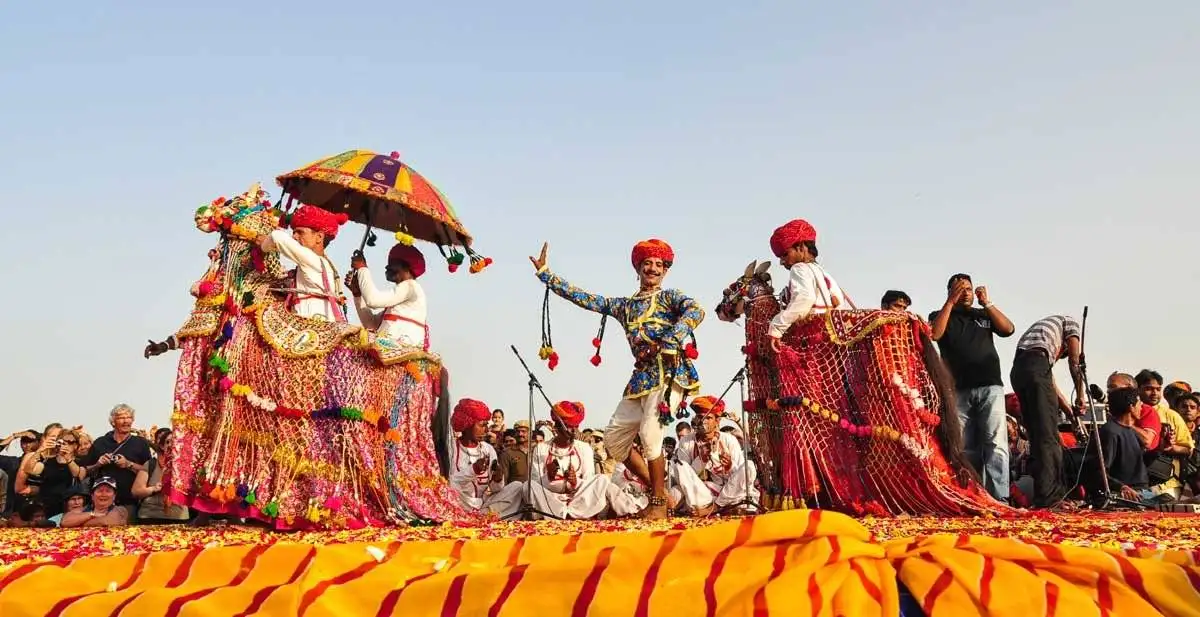
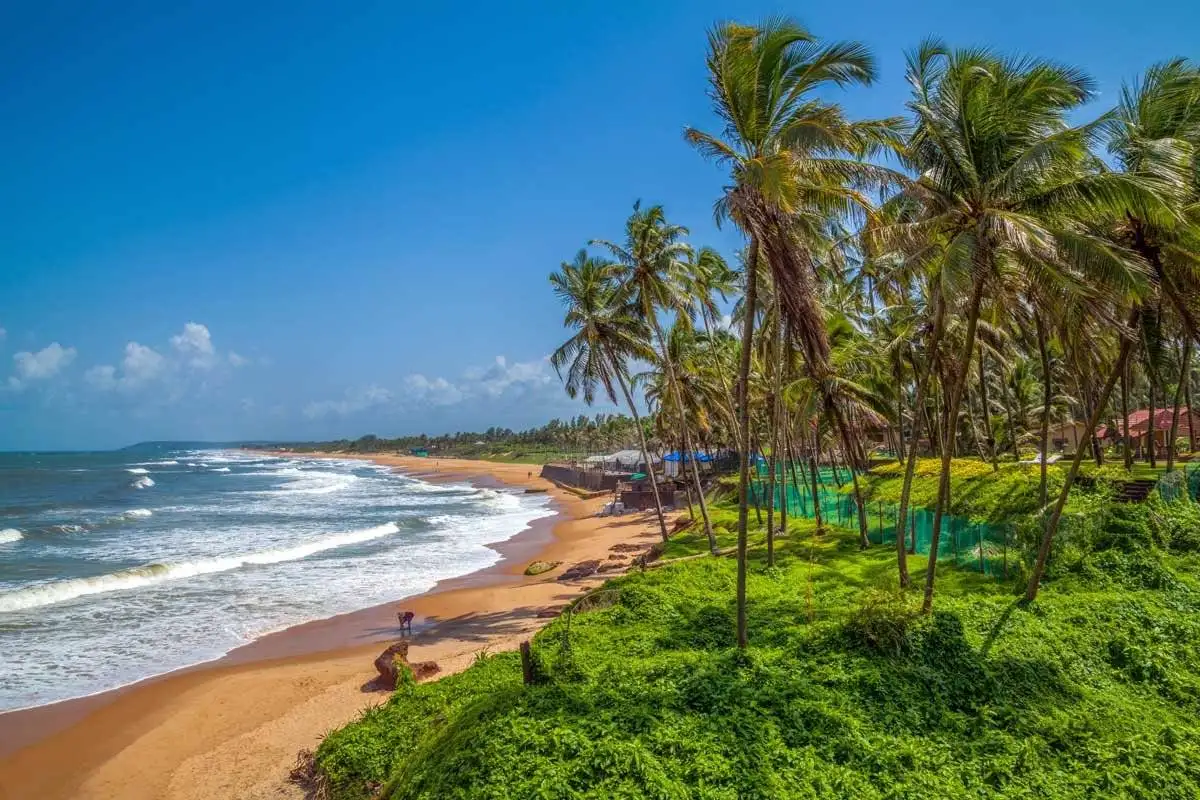
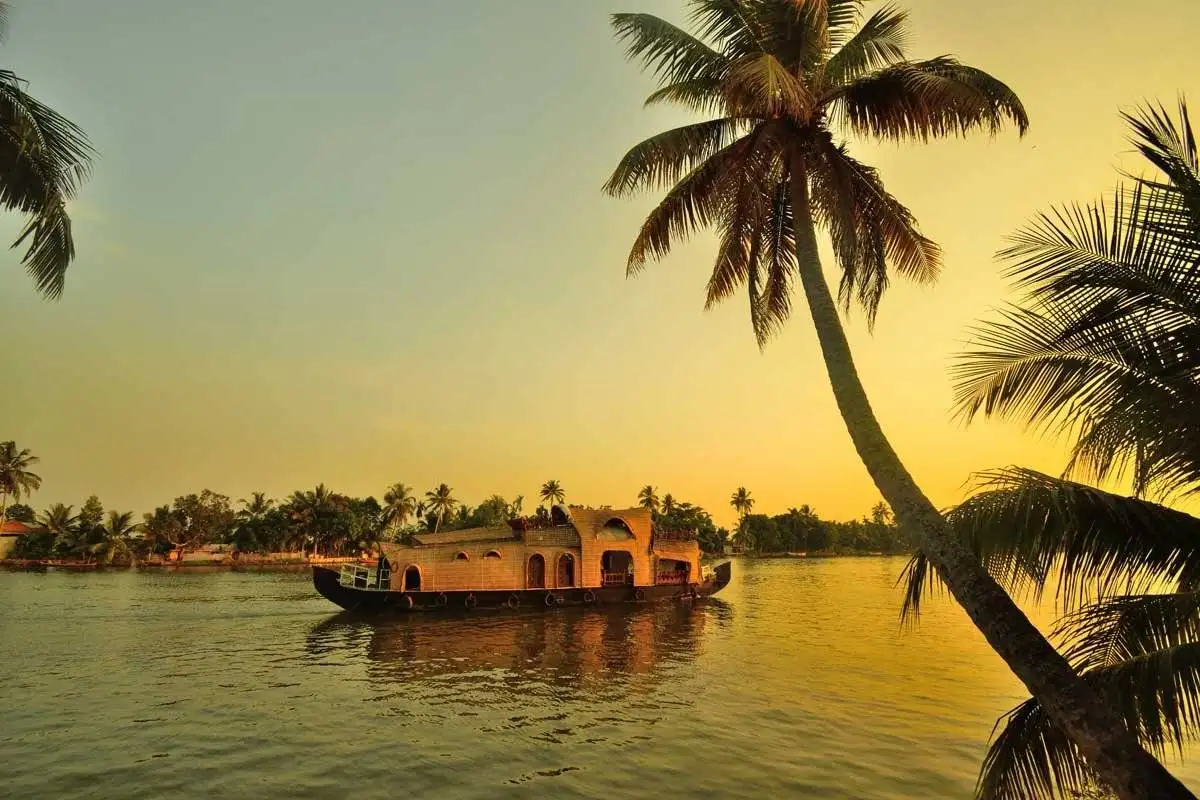
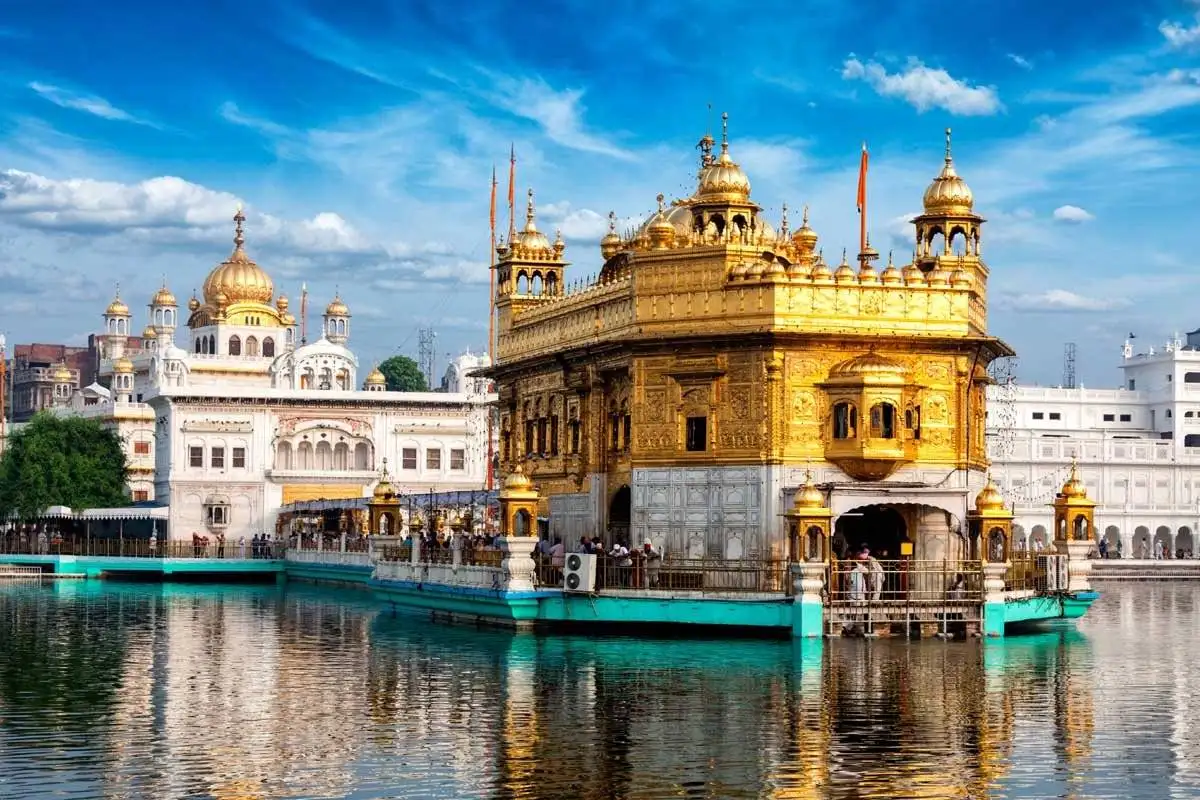
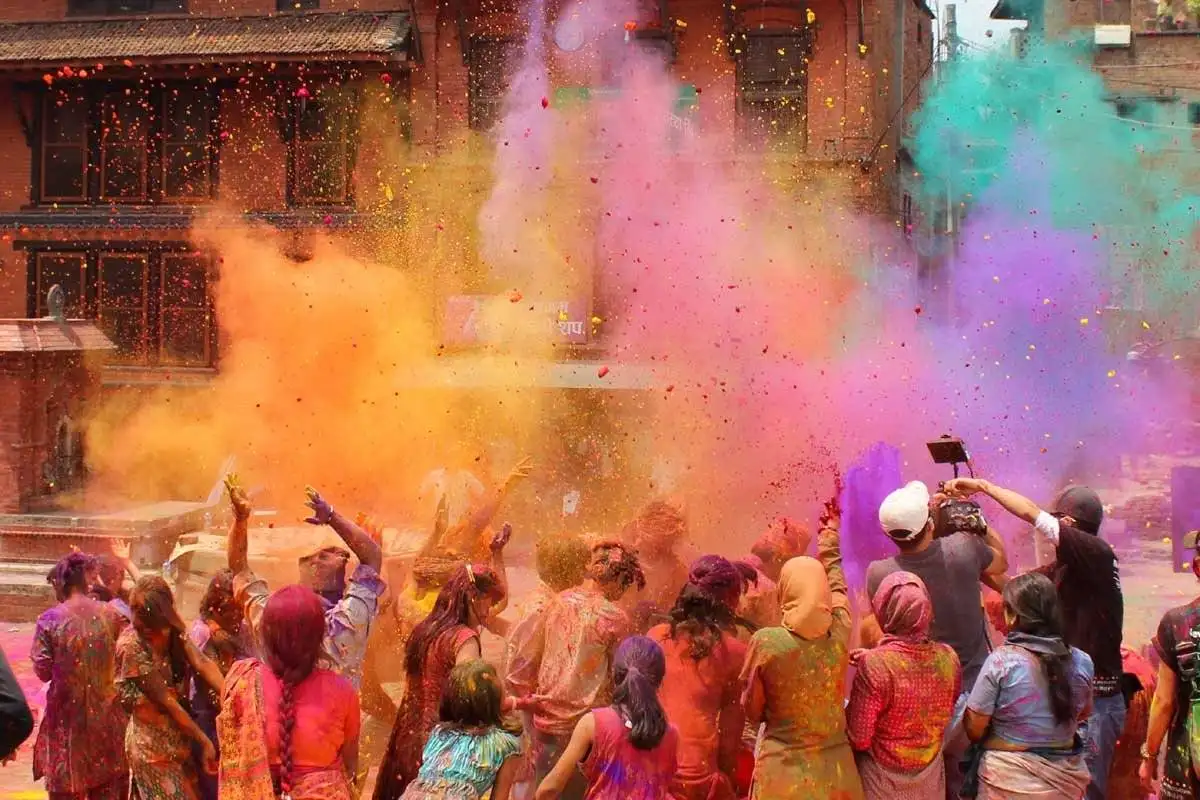



Comments (2)
FionaSheh,
12 December, 2024Is it possible to truly experience the rich history and culture of Jaipur in just one day, or is it worth extending your stay to fully immerse yourself in all that the Pink City has to offer?
akashsinha41,
12 December, 2024Yes sir it is possible. First of all thanks for writing us. Please be advised for immediate information required to suggest you a day excursion of Jaipur , we need some information for which we suggest you to share your WhatsApp number or say Hi on +919897064802